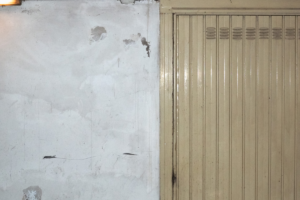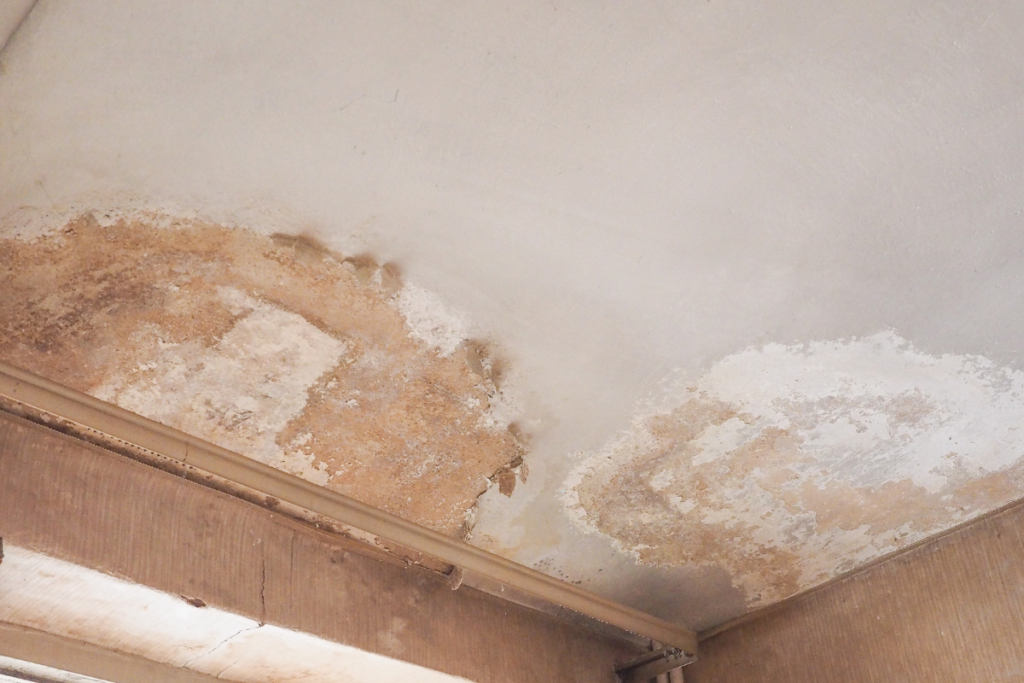 Introduction to Pre-construction Moisture Protection Estimation:
Introduction to Pre-construction Moisture Protection Estimation:
In the construction industry, a crucial phase that often gets overlooked is pre-construction moisture protection estimation. This step ensures that a project is safeguarded against water infiltration, mold growth, and long-term structural damage. Accurate moisture protection cost estimation during the pre-construction stage not only helps avoid budget overruns but also prevents future damage to the structure, saving thousands in potential repairs.
Pre-construction moisture protection estimation is essential for ensuring the durability and sustainability of buildings. Whether it’s a commercial, industrial, or residential project, this step enables contractors, architects, and builders to prepare adequately and shield the building from environmental hazards caused by moisture.
In this detailed article, we will explore the factors that affect moisture protection costs, methods for accurate estimation, and tips for selecting the right protection systems. By the end, you will understand how pre-construction moisture protection estimation plays a pivotal role in a building’s longevity.
Why Pre-construction Moisture Protection is Critical
Moisture is one of the most significant threats to a building’s integrity. If moisture protection measures are neglected during the initial construction planning phase, it can lead to several issues like:
- Structural damage
- Mold and mildew growth
- Corrosion of metal components
- Deterioration of insulation materials
- Cracking and peeling of interior and exterior finishes
Not only do these problems degrade the building’s performance and aesthetics, but they also result in costly repairs. Therefore, understanding pre-construction moisture protection estimation ensures that builders include the right moisture prevention systems in their budget and avoid unexpected financial burdens later.
Factors Affecting Pre-construction Moisture Protection Costs
There are several factors to consider when estimating the cost of moisture protection in a pre-construction project. Understanding these factors helps generate an accurate estimate, which is vital for sticking to the project’s budget.
1. Building Size and Design Complexity
The size of the building and its design intricacy play a significant role in moisture protection cost estimation. Larger buildings or those with complex architectural designs will require more materials, labor, and time to ensure full protection. For instance, a multi-story building with several roof penetrations, windows, and balconies will need more advanced moisture protection systems compared to a simple single-story structure.
2. Climate and Environmental Conditions
The local climate is another significant factor in pre-construction moisture protection estimation. Buildings located in regions prone to heavy rainfall, snow, or high humidity require more robust moisture protection systems. Additionally, coastal or flood-prone areas might need specialized materials such as waterproof membranes, drainage systems, and additional layers of protection to combat saltwater corrosion and water intrusion.
3. Materials Used for Moisture Protection
Different moisture protection systems and materials come at varying price points. High-quality materials like waterproof membranes, vapor barriers, sealants, and drainage boards often come at a premium cost but offer longer-lasting protection. Choosing between cost-effective materials and premium options is a balance between budget and durability. Pre-construction moisture protection estimation must account for these materials and their installation costs.
4. Labor and Expertise
The cost of labor is another key aspect of moisture protection estimation. Skilled workers with expertise in installing moisture protection systems may come at a higher cost but will provide superior quality workmanship. It is crucial to factor in the experience and expertise of the workforce when creating a pre-construction moisture protection estimate.
5. Technology and Advanced Systems
As construction technology evolves, advanced moisture protection systems have emerged, offering better protection and efficiency. Smart moisture monitoring systems, for instance, can detect water ingress in real time and alert maintenance teams before the damage becomes significant. However, incorporating such advanced systems into a project will also raise the cost.
Steps to Create an Accurate Pre-construction Moisture Protection
Estimation
Accurate pre-construction moisture protection estimation involves several steps. Skipping any of these steps can result in underestimated costs, leading to budget overruns.
1. Site Assessment
A thorough assessment of the construction site is the first step. This includes understanding the site’s environmental conditions, topography, and drainage patterns. Such assessments help in identifying potential moisture issues and designing suitable protection systems.
2. Select Appropriate Moisture Protection Systems
Once the site is assessed, the next step is choosing the right moisture protection systems for different parts of the building—such as the foundation, roof, windows, and walls. Each area may require different treatments, and it’s essential to select materials that are suited for the local climate and building type.
3. Consult with Experts
Consulting with waterproofing experts or construction estimators ensures that all potential moisture risks are addressed. They can provide insights into the best materials, labor requirements, and technological solutions for moisture protection.
4. Prepare a Detailed Estimate
Based on the assessments, materials, and labor requirements, a detailed cost estimation should be prepared. This estimate must include both direct and indirect costs such as material transportation, overheads, and contingency funds for unexpected expenses.
5. Review and Update
As the project progresses, it’s important to revisit and update the moisture protection cost estimation. Any changes in the project’s scope, materials, or design should be reflected in the estimate to maintain accuracy.
Tips for Reducing Moisture Protection Costs
Though moisture protection is vital for a building’s long-term durability, it doesn’t have to break the bank. Here are some tips for reducing moisture protection costs during pre-construction:
- Plan Early: Incorporating moisture protection systems in the early stages of design can avoid expensive retrofits.
- Use Local Materials: Sourcing materials locally can help reduce transportation costs and ensure materials are suitable for the climate.
- Regular Site Inspections: Regular inspections during the construction phase can help detect and fix any moisture issues before they escalate.
Pre-construction moisture protection estimation is a crucial element in ensuring the longevity and durability of any building project. Neglecting moisture protection can lead to significant structural damage, health risks, and costly repairs in the future. By accurately estimating costs for materials, labor, and technology, construction professionals can create a well-rounded budget that accounts for potential risks and ensures the building remains safe and sound for decades.
An effective moisture protection strategy not only saves money in the long run but also provides peace of mind that your structure will withstand environmental challenges. Therefore, investing time and resources in pre-construction moisture protection estimation is always worth it.
Are you looking for the best estimating services in USA?
Look no further than “https://zionestimating.com”
They are offering top-notch services like;
- Construction/cost estimation
- Budget planning
- Material takeoff
- Equipment estimation
and further more!!!
Here are some more information for your convenience:
Phone no. : +1 718-427-9941 || +1 562-383-6177
Email:[email protected]
Visit their blogs and site
https://zionestimating.com for the latest updates and service tips!
